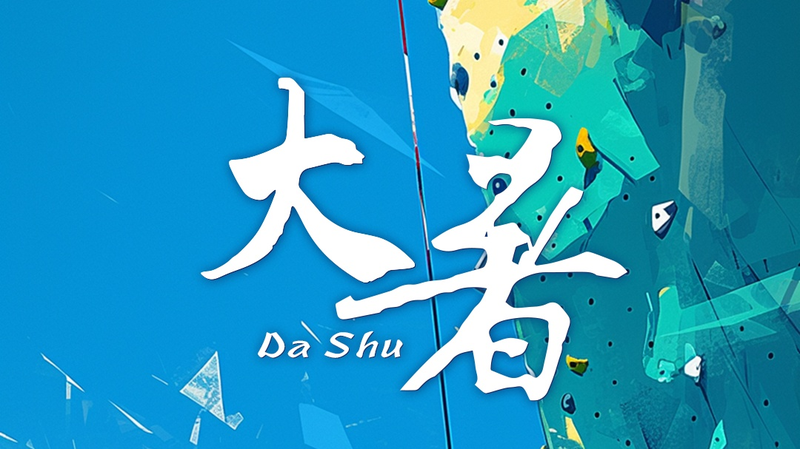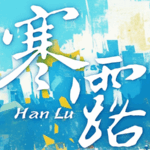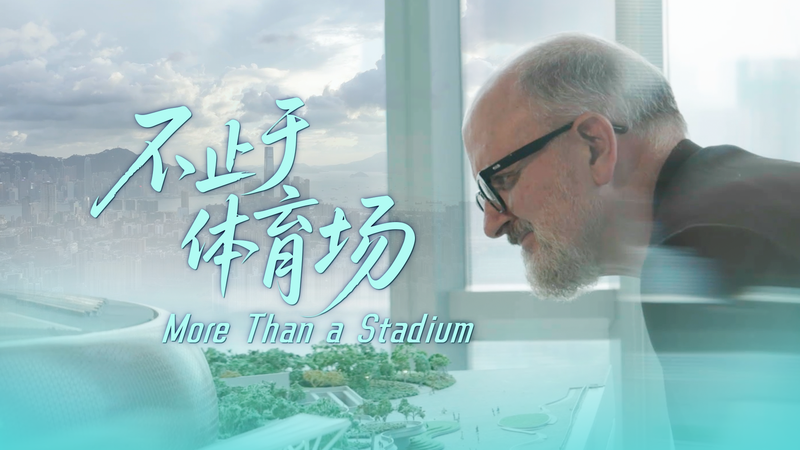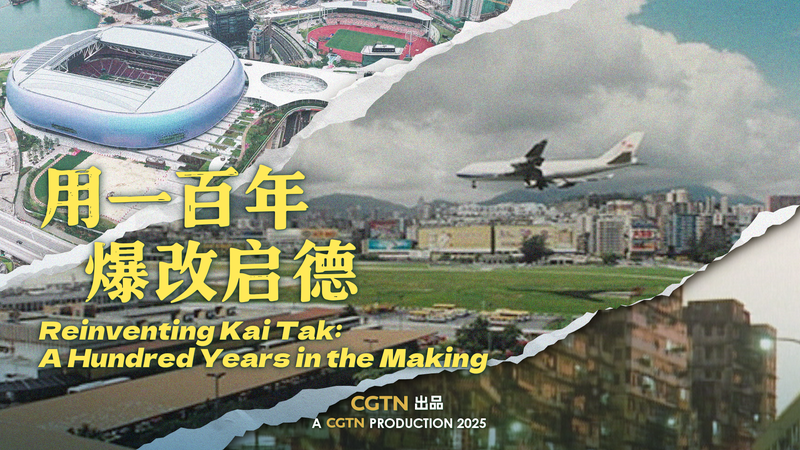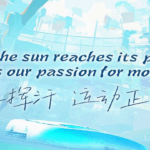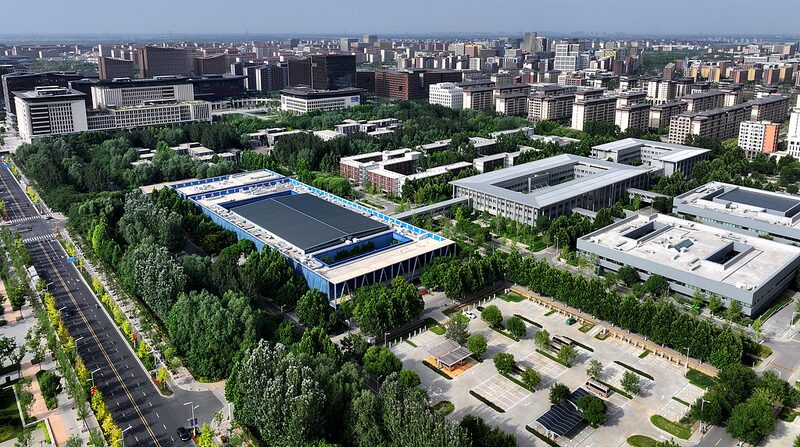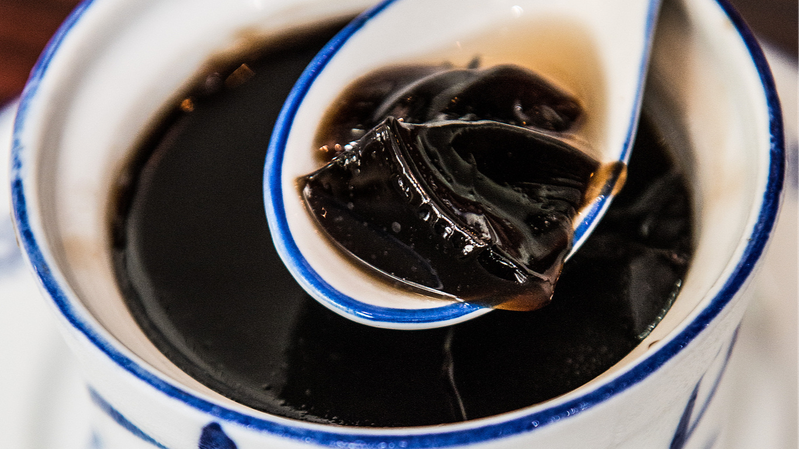As the sweltering days of summer reach their peak, communities across Asia mark Da Shu (Greater Heat), the 12th solar term in the traditional lunar calendar. Known as the year's hottest period, Da Shu symbolizes both a climatic climax and a cultural touchstone, blending ancient agricultural wisdom with modern resilience.
In cities like Hong Kong, residents navigate the heat with time-honored practices—sipping cooling herbal teas, seeking shade in lush urban parks, and adjusting work rhythms to avoid midday sun. Meanwhile, farmers in the Chinese mainland and Southeast Asia race to protect crops from scorching temperatures, relying on centuries-old irrigation techniques passed down through generations.
Meteorologists note that Da Shu’s arrival aligns with rising global attention to climate adaptation. 'This solar term reminds us of humanity’s enduring relationship with nature,' says Dr. Lin Wei, an environmental historian. 'From Taipei to Jakarta, communities are innovating while preserving traditions—a balance crucial for sustainable development.'
For travelers, the period offers unique cultural insights, from Japan’s mizubune water festivals to Vietnam’s dragon fruit harvests. Yet health experts urge caution: heatwaves during Da Shu have prompted advisories for vulnerable groups, emphasizing hydration and reduced outdoor activity.
As the sun begins its gradual retreat post-Da Shu, the solar term’s legacy endures—a testament to Asia’s ability to harmonize tradition with modernity, even under the summer’s fiercest gaze.
Reference(s):
cgtn.com
